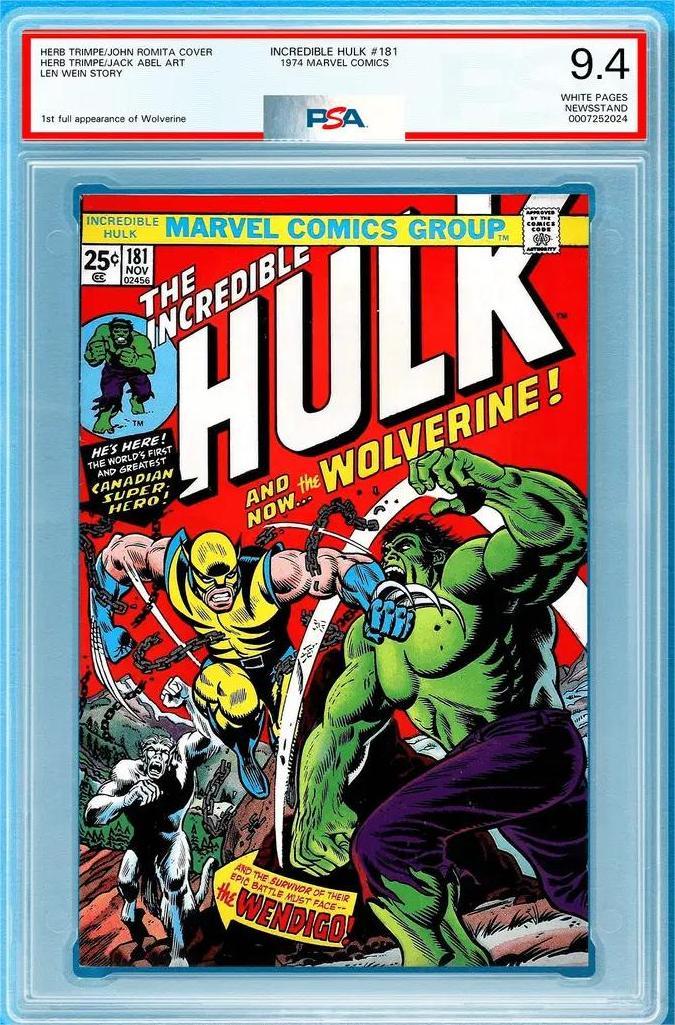Just when collectors were flipping out over PSA’s brand-new comic and magazine grading service—promised to be a game-changer—life threw them a curveball. The much-anticipated launch, initially boasting a snappy 20-day turnaround, has now trundled to a more glacial 75 days. For those ready to sprightly usher their magazines through the grading mill and onto their shelves, this announcement lands with all the cheer of a soggy comic book in the rain.
With the fanfare of a royal decree, PSA introduced special launch pricing: a modest $25.99 to grade modern comics and magazines post-1975, and for vintage issues, a still tempting $39.99. Yet, any promised savings seem to evaporate in the long wait, making collectors question whether this is a pleasant bargain or a test of endurance. During this lull, many foresee an exodus towards swifter services, likely turning to competitors or committing to the time-honored habit of refreshing their emails.
Insider whispers suggest the elongated timeline stems from unexpected complexities—think tariffs tangled like a Spiderman web and production snarls tripping over their own laces. A particular sticking point? The elusive magazine slabs, which are now expected to grace PSA’s inventory sometime in September. Like a much-anticipated new comic, these slabs are set to arrive fashionably late, but whether they’ll be worth the wait is the question on everyone’s lips.
Further into this saga, collectors are treated to a new offering: PSA’s pressing service. Priced at $11.99 for modern and $29.99 for vintage issues, it comes with a caveat that could only be designed by Capricious Gods of Grading. Choose pressing, and you’ll need to commit to it with the fervor of a box set binge—every single item in your order must undergo the procedure. Mixing pressed and unpressed? Not on PSA’s watch, which might leave some collectors wondering who exactly in the think tank thought that was a bright idea.
While these operational snafus and irksome caveats form one part of PSA’s story, they aren’t the whole tale. The spotlight—or perhaps, the accusatory flashlight—is also fixed on PSA’s label design. Over the years, PSA’s labels have steadfastly refused to evolve. In a world hungry for customization, the labels remain as exciting as black and white television in the age of color.
Cue CGC, the company widely hailed as the charismatic leader of comic grading, striding through with labels that offer collectors more than just a number. For a little extra, CGC invites the mild-mannered enthusiast to become a design wizard, adding character artwork to their slabs that transforms them into shelf-worthy pieces of art. PSA, meanwhile, sticks to simplicity—a choice that reads more as oversight than design principle.
As they trot out their new grading services, PSA has rekindled a burning need for ambition, specifically regarding their label aesthetics. A desire for jazzing up their presence rifles through the collector community like an impassioned debate at a comic convention. The consensus is clear: if presentation equates to power (and let’s face it, it does), PSA might find themselves kneeling to CGC’s crown.
For collectors, the call for a bold label redesign is not just a suggestion—it’s a plea for something better, something distinct, something that hints at the vibrant industry thriving beyond those opaque slabs. Instead of offering merely uniformity, PSA’s labels need to stir excitement, appeal, and maybe even a splash of color theory. It’s a simple expectation but one that would bring PSA hurtling into the present day, where utility thrives not only in function but in beauty and individuality.
In the realm of comic and magazine grading, what was supposed to be PSA’s throne is precariously balanced on rickety legs. The glitzy newcomer’s shine has somewhat tarnished as it contends with the looming shadow of CGC, who’ve artfully set a standard beyond PSA’s reach for now. As PSA navigates these rough waters, sandwiched between logistical kerfuffles and cries for creative reawakening, it’s unmistakable that they have both the potential and the impetus to evolve—but whether they’ll seize this inhaler-sized bat-signal is another saga yet to unfold.
